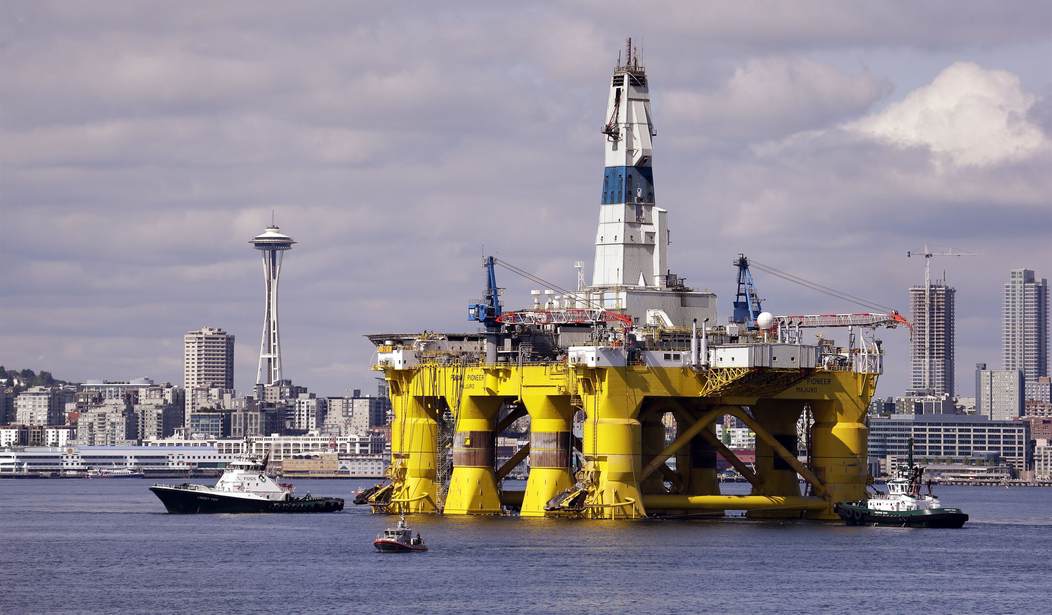On World Ocean Day, it's incredible to think that more than 80 percent of the ocean remains unexplored by man. To say there is a lot about the oceans we don’t know is an understatement.
Even what we think we know about the ocean isn’t always true. Case in point: We need to understand where ocean pollution comes from before we can effectively clean up global waters.
Well-meaning environmentalists armed with videos of a turtle with a straw in its nose have been incredibly effective at getting people to care about the cleanliness of our oceans, but some of the narratives driven by these groups are misleading.
Consider the Great Pacific Garbage Patch, a mass of trash twice the size of Texas that floats off the coast of Hawaii. Many people assume this is bags and straws--after all, millions have seen the aforementioned video of the turtle and straw.
In reality, the patch consists mostly of abandoned fishing gear, not small items like straws, bottles, or bags. Much of the trash floating in the patch was dragged out to sea following the 2011 tsunami in Japan. Abandoned “ghost nets” are much more treacherous for marine animals than a floating straw.
The garbage patch is the best example of ocean trash misconceptions, but it is far from the only one. When many people think about ocean pollution, they think of plastic. But up to 40 percent of ocean trash is made from other non-degradable products like aluminum and glass containers. Roughly 32 percent of ocean litter collected by the Ocean Health Index was cigarette butts.
Recommended
A lot of the plastic of concern isn’t large chunks, but minuscule ones: Microplastics, tiny specks of broken-down plastic. Just like the Great Pacific Garbage Patch, the pollution comes from unexpected sources. More than 35 percent of microplastics come from some form of plastic or synthetic clothing. When washed these garments shed microfibers into the water and end up in our oceans. When animal activists pressure companies like Saks Fifth Ave to stop selling natural materials like fur, wool, and cashmere and use synthetic products instead, they make the problem worse.
Here’s another confounding problem: Addressing these issues in the U.S. is ignoring 99 percent of the problem. Literally.
Only 1 percent of the mismanaged trash and litter in the ocean can be traced back to Americans. More than 90 percent of the ocean's trash is traced back to just 10 rivers in Africa and Asia. While the trash in the ocean may not have been put there by Americans, currents can make it feel as though it was because trash can float thousands of miles before winding up on a beach. A 2019 study found that 80 percent of the plastic bottles that were collected from the beaches of an uninhabited island in the Atlantic were traced back to China.
June 8 was World Ocean Day. It’s an important reminder that no country owns the oceans. Environmentalists can micromanage every single-use consumer good -- bags, bottles, straws, latex gloves, masks, and everything else we use in our daily lives -- and they will only affect one percent of the ocean’s litter.
To fix a problem, you must first understand it. From there, you must cut it off at the source. If the goal is to keep oceans clean, there needs to be serious international efforts to address the sources of water pollution. Every environmentalist activist in and outside all levels of government needs to stop wasting resources in their war on straws while refining issues and solutions on a much larger stage.
Madison Dibble is a research associate for the Center for Accountability in Science.

























Join the conversation as a VIP Member